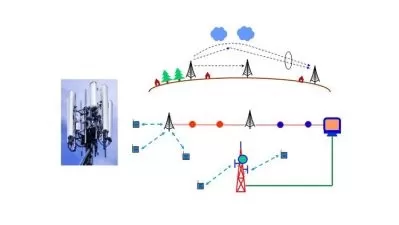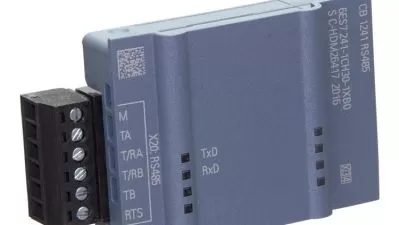Mastering Digital Arithmetic
2:05:34
Description
A Complete Guide to Digital Arithmetic for Electronics Engineers and Digital Designers
What You'll Learn?
- Convert and Interpret Various Number Systems
- Utilize Different Number Representations
- Perform Binary Arithmetic Operations
- Understand Fractional Number Representations used in Digital Design : Floating Point and Fixed Point
- Master VHDL numeric_std Package for Digital Arithmetic
Who is this for?
What You Need to Know?
More details
DescriptionArithmetic take a very big part of digital design, whether in cryptography, finance or telecommunication application domains, numbers and operations on numbers are everywhere. It is crucial to understand digital arithmetic to be a good FPGA or hardware designer and engineer.
In this course, unlock the essential principles of arithmetic in digital electronics with this comprehensive course, tailored for both aspiring and experienced electronics engineers and students. Begin by learning the foundational concepts of number systems, including binary, decimal, and hexadecimal, and learn to seamlessly convert between these systems. Delve into various methods of number representation, exploring the differences between unsigned and signed formats. Gain a deep understanding of sign-magnitude, 1’s complement, and 2’s complement representations, critical for accurate digital design.
Enhance your proficiency in binary arithmetic by covering key operations such as addition, multiplication, shifting, and division. Additionally, you'll learn to represent fractional numbers using fixed-point and floating-point methods. These skills are vital for tackling complex arithmetic challenges in modern digital systems.
In the final module, you'll apply your knowledge using VHDL’s numeric_std package, a very useful VHDL package for implementing arithmetic operations in digital designs, whether on FPGA or ASIC platforms. This practical experience bridges theory with real-world applications, preparing you to excel in the fast-paced field of digital electronics.
By the end of this course, you'll possess both the theoretical insights and VHDL hands-on skills necessary to advance your learning and contribute effectively to digital design projects.
Who this course is for:
- Beginner Digital Electronics students or anyone interested in learning digital design on FPGA
Arithmetic take a very big part of digital design, whether in cryptography, finance or telecommunication application domains, numbers and operations on numbers are everywhere. It is crucial to understand digital arithmetic to be a good FPGA or hardware designer and engineer.
In this course, unlock the essential principles of arithmetic in digital electronics with this comprehensive course, tailored for both aspiring and experienced electronics engineers and students. Begin by learning the foundational concepts of number systems, including binary, decimal, and hexadecimal, and learn to seamlessly convert between these systems. Delve into various methods of number representation, exploring the differences between unsigned and signed formats. Gain a deep understanding of sign-magnitude, 1’s complement, and 2’s complement representations, critical for accurate digital design.
Enhance your proficiency in binary arithmetic by covering key operations such as addition, multiplication, shifting, and division. Additionally, you'll learn to represent fractional numbers using fixed-point and floating-point methods. These skills are vital for tackling complex arithmetic challenges in modern digital systems.
In the final module, you'll apply your knowledge using VHDL’s numeric_std package, a very useful VHDL package for implementing arithmetic operations in digital designs, whether on FPGA or ASIC platforms. This practical experience bridges theory with real-world applications, preparing you to excel in the fast-paced field of digital electronics.
By the end of this course, you'll possess both the theoretical insights and VHDL hands-on skills necessary to advance your learning and contribute effectively to digital design projects.
Who this course is for:
- Beginner Digital Electronics students or anyone interested in learning digital design on FPGA
User Reviews
Rating

Udemy
View courses Udemy- language english
- Training sessions 13
- duration 2:05:34
- Release Date 2024/12/21










